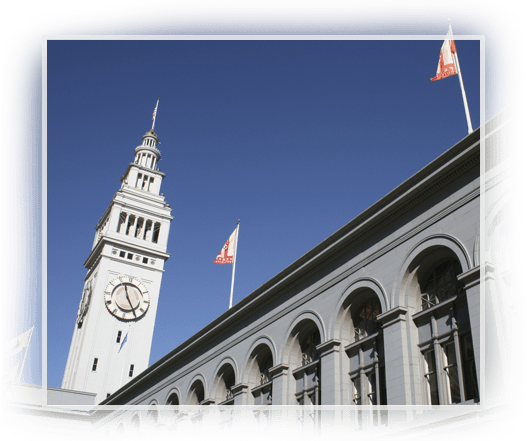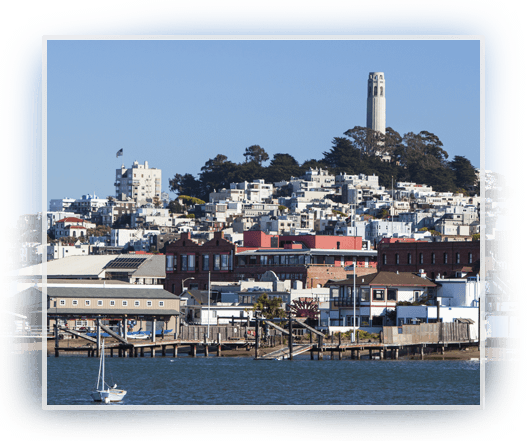« Back
Bond Market Commentary
Callable bond considerations
July 14, 2025
Drew O'Neil discusses fixed income market conditions and offers insight for bond investors.
If a bond has a traditional call option, it means that the issuer has the option to redeem (or “call”) the bond before its stated maturity at a pre-determined date and price. For example, a bond might mature on 7/1/2035, but on 7/1/2030, the issuer has the option to redeem the bond. This can be thought of as an optional date for the issuer to refinance the debt. If, when the call date arrives, the issuer can borrow money at a lower rate than they are currently paying on the outstanding bond, it might make sense to call the bond and issue new bonds at a lower interest rate; thereby saving money.
Owning a callable bond is not inherently “good” or “bad” but like any characteristic of an investment, having an understanding of the tradeoffs between callable and non-callable bonds is important. A bond with a call option can potentially offer an investor more yield than an identical non-callable bond. For some investors, the tradeoff might be worth it; for others, it might not.
For example, there is currently a new issue corporate bond being offered at a 6.50% yield that matures in 20 years but is callable in one year. The 6.50% yield is about 50 basis points higher than similar non-callable bonds maturing in 20 years, meaning that the investor can earn a higher-than-market yield in return for “giving” the issuer the option to redeem the 20-year bond one year from now. A primary consideration for the investor is deciding if they are comfortable with the inherent reinvestment risk. If the bond gets called a year from now, it likely means that yields have fallen. While the investor would have earned a desirable 6.50% yield for 12-months, they may have to reinvest into a lower yielding bond. If the investor has a longer-term investment time horizon, this could translate to a lower return in the long run. On the other hand, if the bond does not get called, the investor earns a more attractive yield than if they had purchased a similar non-callable bond.
Another viewpoint on a bond like this is that an investor with a short-term time horizon might purchase this bond assuming yields are going to fall and this bond will get called. While this strategy would earn them a well-above market yield for a year if they are correct, if they are incorrect and the bond doesn’t get called, they now own a long-term bond, which does not line up with their short-term time horizon. In all likelihood, the bond didn’t get called because rates moved higher, which means that the price of their bond has fallen. Now, to get the liquidity that they need, they may have to sell the bond in the secondary market at a loss.
The above considerations outline a line of thinking around a specific structure: a long-maturity bond with a short-call being issued/sold at par (100). When considering fixed income options, an investor is likely to come across a wide range of different structures. The decision-making process includes factoring in a variety of bond characteristics, such as: long-maturities, long-call dates, short-call dates, high-coupons, low-coupons, premium bonds, discount bonds, kicker bonds, etc. Every bond can potentially have a unique combination of features that provide pros and cons for any specific investor. None is necessarily better or worse, but depending on an investor’s unique goals and risk tolerances, some structures can be more or less appropriate for a given investor. Your financial advisor and the Fixed Income Solutions team can help with constructing a portfolio of bonds with characteristics that line up with your specific situation.
The author of this material is a Trader in the Fixed Income Department of Raymond James & Associates (RJA), and is not an Analyst. Any opinions expressed may differ from opinions expressed by other departments of RJA, including our Equity Research Department, and are subject to change without notice. The data and information contained herein was obtained from sources considered to be reliable, but RJA does not guarantee its accuracy and/or completeness. Neither the information nor any opinions expressed constitute a solicitation for the purchase or sale of any security referred to herein. This material may include analysis of sectors, securities and/or derivatives that RJA may have positions, long or short, held proprietarily. RJA or its affiliates may execute transactions which may not be consistent with the report’s conclusions. RJA may also have performed investment banking services for the issuers of such securities. Investors should discuss the risks inherent in bonds with their Raymond James Financial Advisor. Risks include, but are not limited to, changes in interest rates, liquidity, credit quality, volatility, and duration. Past performance is no assurance of future results.
Investment products are: not deposits, not FDIC/NCUA insured, not insured by any government agency, not bank guaranteed, subject to risk and may lose value.
To learn more about the risks and rewards of investing in fixed income, access the Financial Industry Regulatory Authority’s website at finra.org/investors/learn-to-invest/types-investments/bonds and the Municipal Securities Rulemaking Board’s (MSRB) Electronic Municipal Market Access System (EMMA) at emma.msrb.org.





















